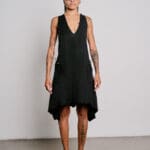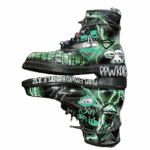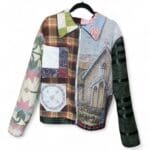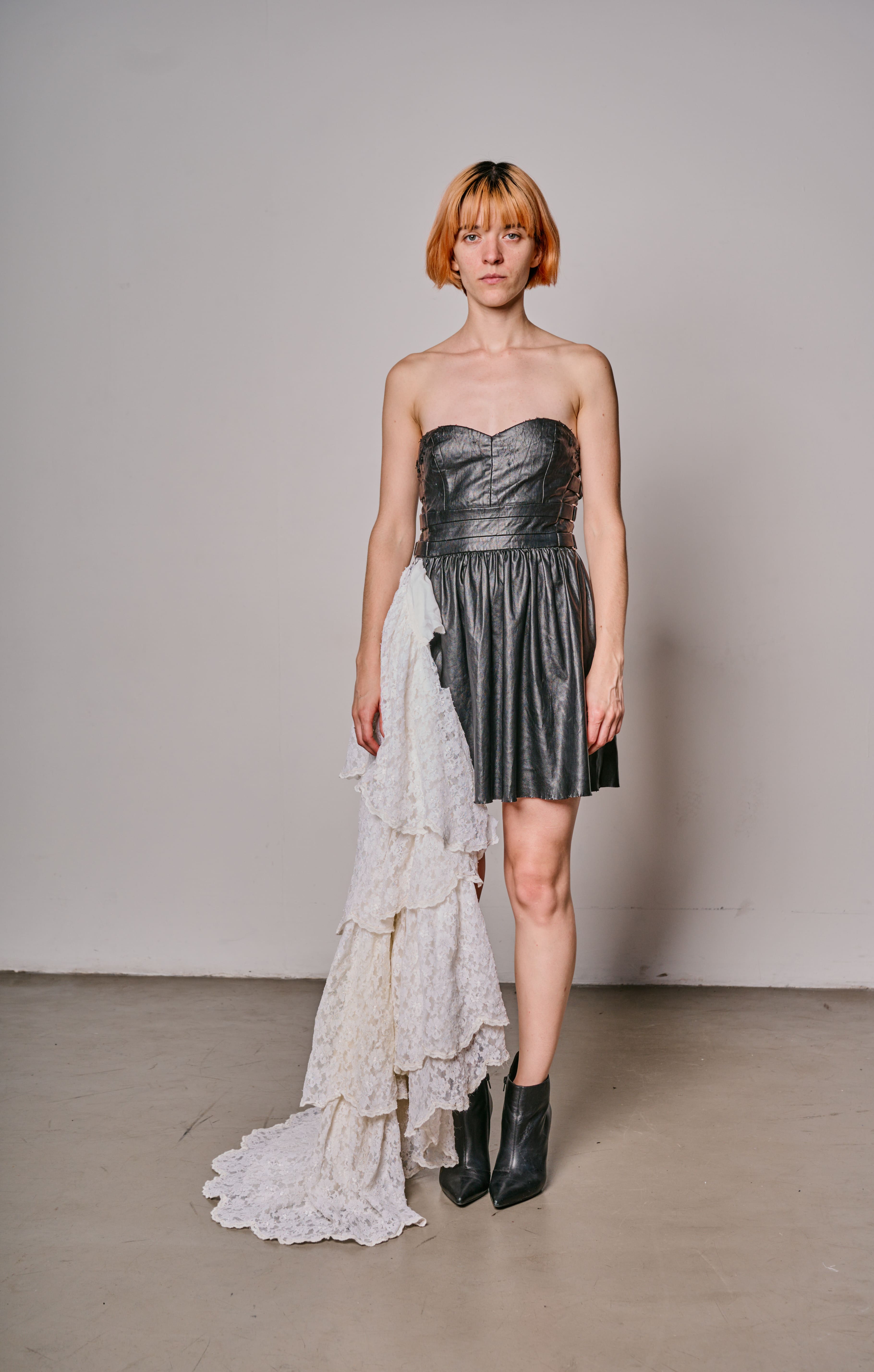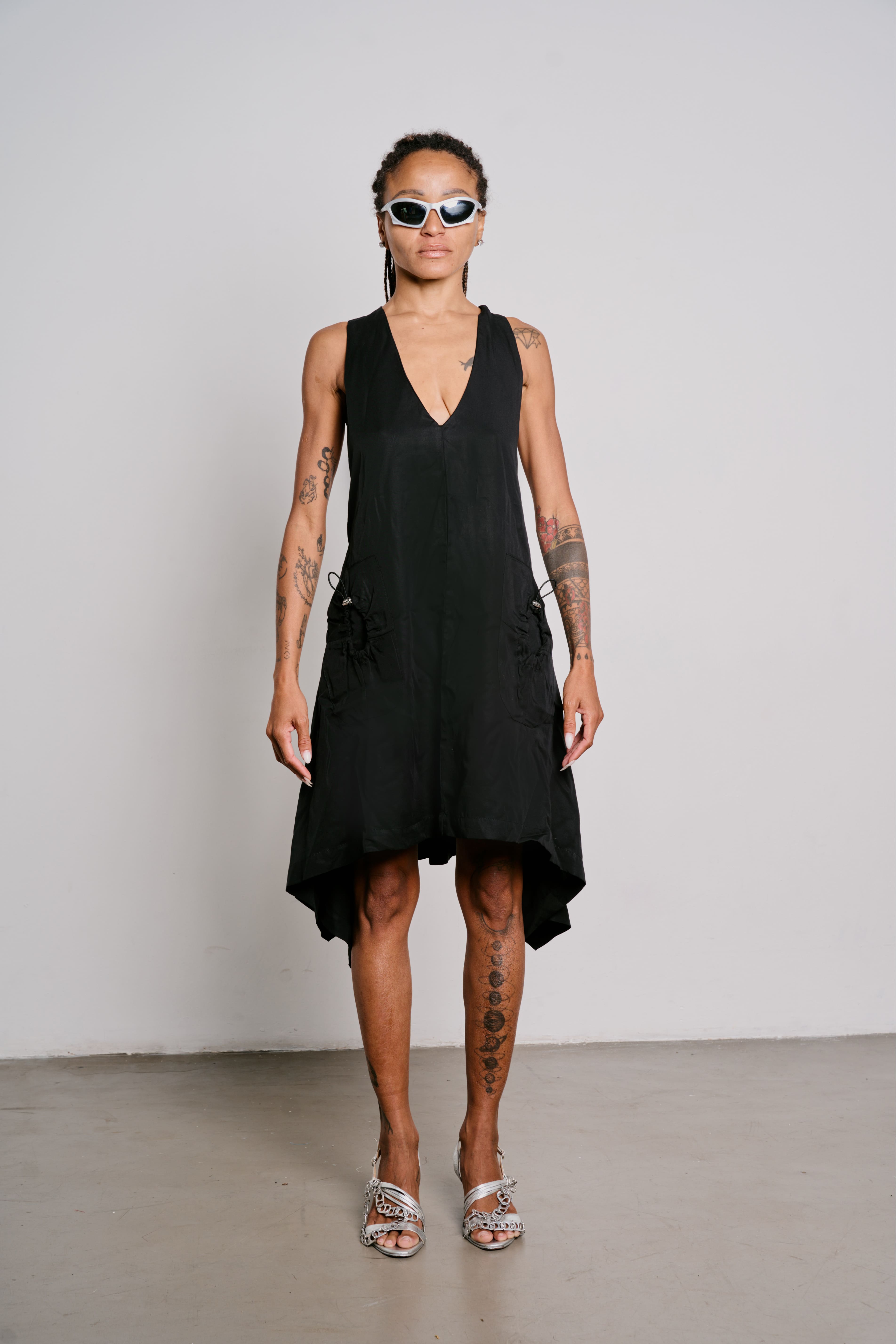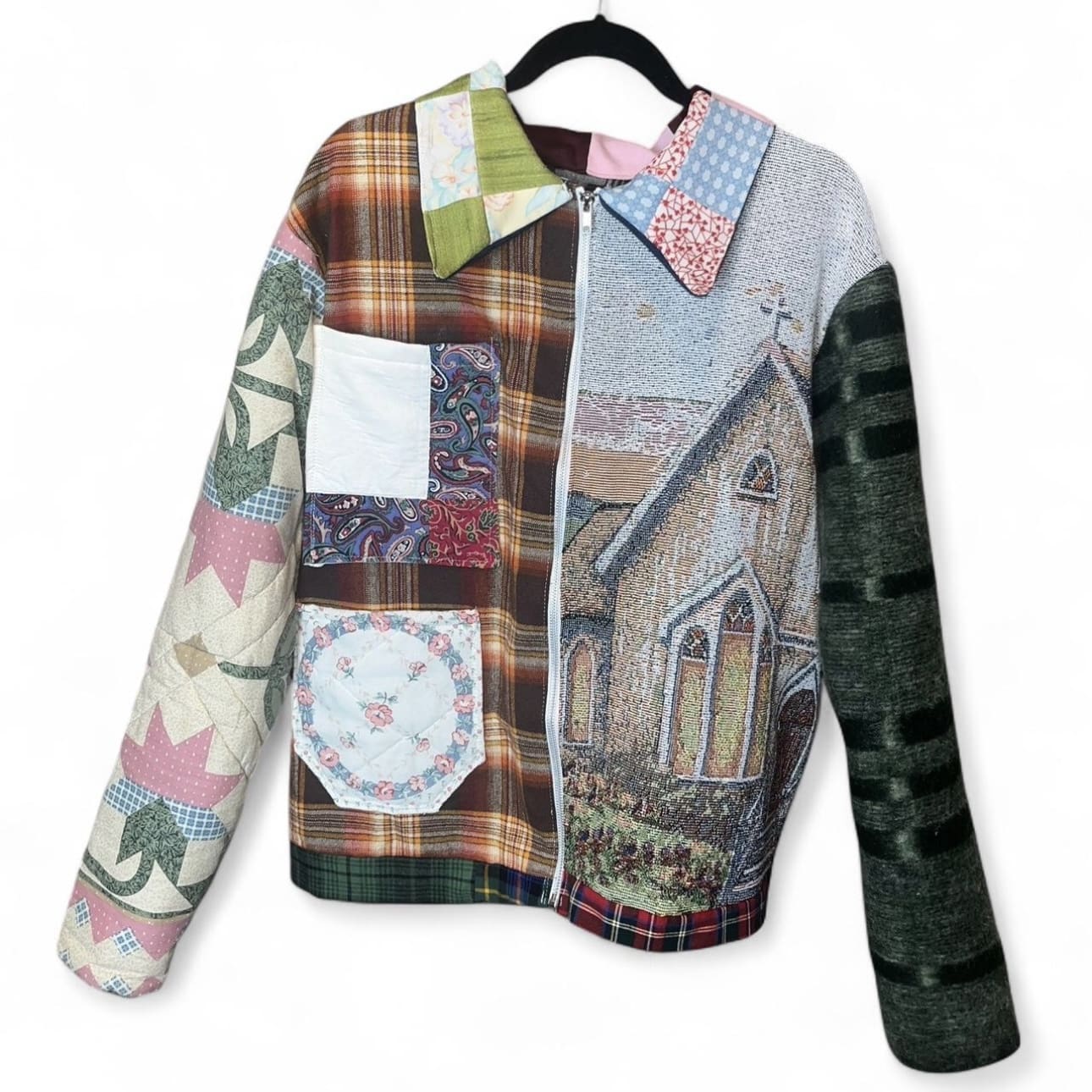The invention of the sewing machine is a landmark in the history of technology and a testament to human ingenuity. What began as a humble device for stitching fabrics has evolved into a revolutionary tool that transformed the textile industry and the way people approach garment creation. The journey of the sewing machine is a tale of innovation, perseverance, and the quest for efficiency in the realm of craftsmanship.
Early Beginnings
The roots of the sewing machine can be traced back to early attempts at mechanizing the laborious and time-consuming task of hand-sewing. Before the 19th century, sewing was a manual and often painstaking process, done entirely by hand. However, the Industrial Revolution, which swept through Europe and North America during the late 18th and early 19th centuries, fueled the need for more efficient production methods in various industries, including textiles.
The First Attempts
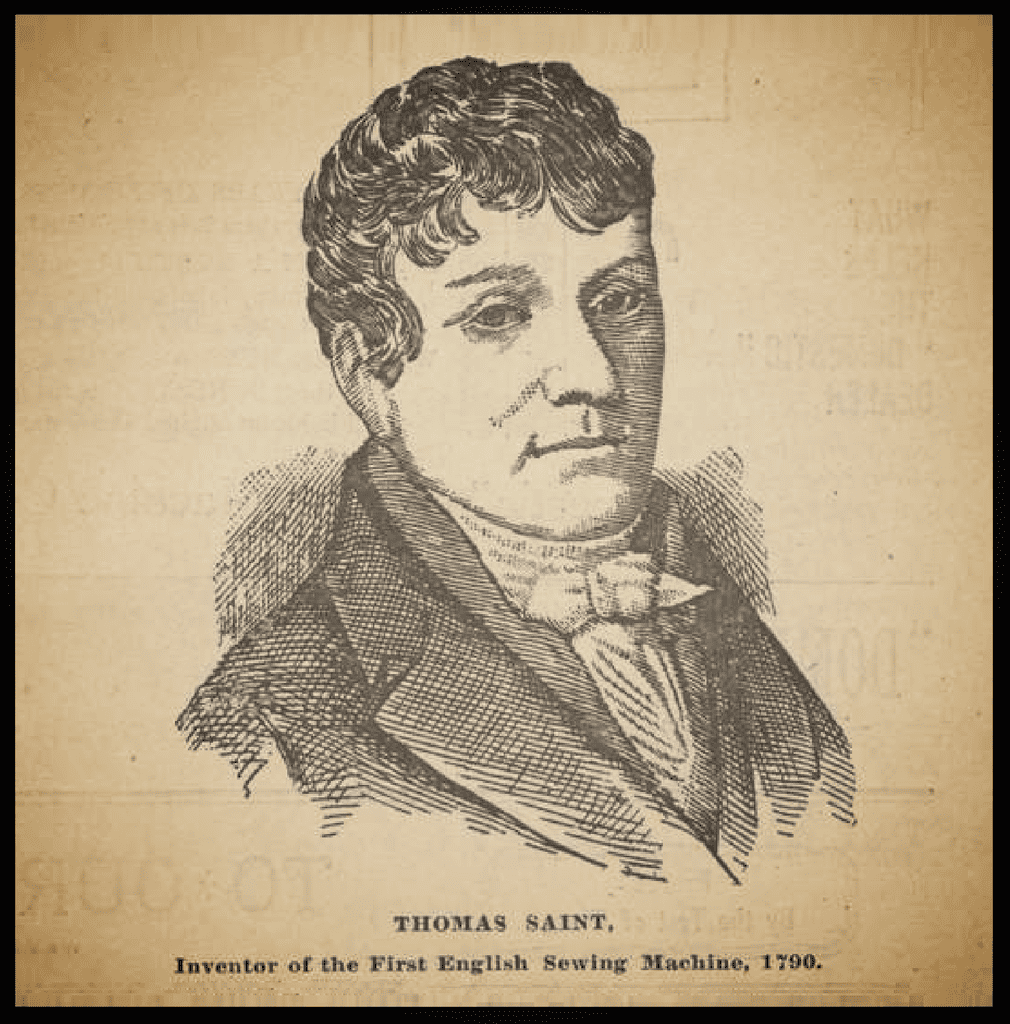
The first patent for a sewing machine was granted to British inventor Thomas Saint in 1790. Saint’s machine was designed for leather and canvas work and featured a double-pointed needle and an overhanging arm. While there is no evidence that Saint’s machine was ever built or used, his design laid the groundwork for future inventors to build upon.
The Rise of Elias Howe and the Lockstitch
One of the key figures in the development of the sewing machine was Elias Howe, an American inventor. In 1846, Howe patented a sewing machine that utilized a lockstitch mechanism, a significant improvement over previous designs. The lockstitch, created by using two threads—one from above and one from below the fabric—resulted in a stronger and more reliable seam. Despite this breakthrough, Howe faced financial challenges and patent disputes, delaying the widespread adoption of his invention.
The Singer Sewing Machine Company
Isaac Merritt Singer, an American inventor and entrepreneur, played a pivotal role in popularizing the sewing machine. In 1851, Singer introduced a sewing machine that incorporated several improvements, including a foot pedal for better control and a straight needle. Singer also introduced the installment payment plan, making sewing machines more affordable and accessible to a broader range of consumers.
Patent Battles
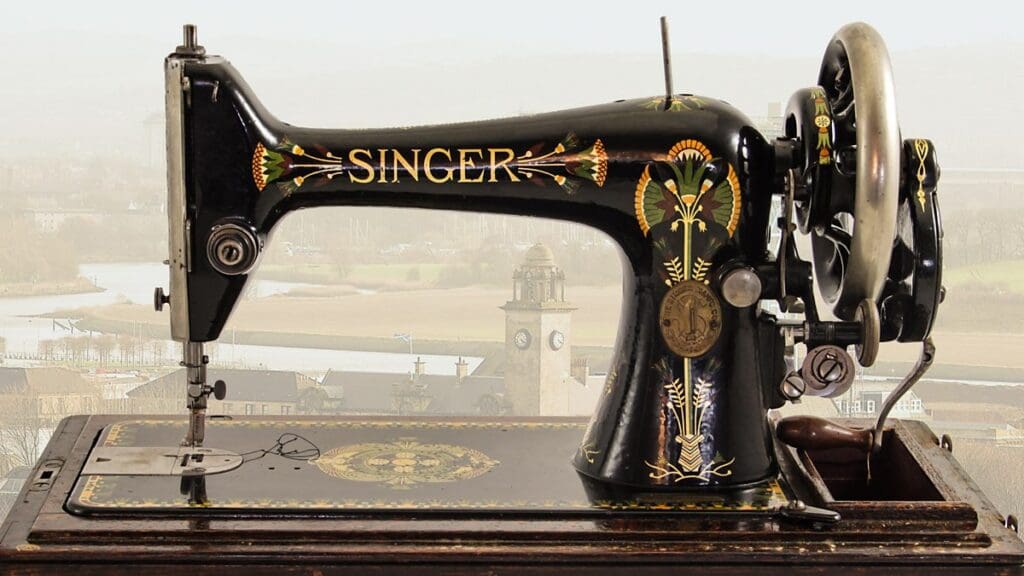
The mid-19th century saw intense competition among inventors and companies vying for control over sewing machine patents. Howe engaged in legal battles to protect his lockstitch patent, and the industry was marked by rivalries and patent infringements. Eventually, a patent pool was formed, bringing together various sewing machine manufacturers, including Singer, Howe, and Wheeler & Wilson, to cross-license their patents and end the patent wars.
Impact on Home Sewing
As sewing machines became more affordable and user-friendly, they found their way into households. The sewing machine revolutionized domestic life, freeing women from the time-consuming task of hand-sewing and allowing them to create clothing more efficiently. This shift marked a significant change in the role of women in the home and contributed to the rise of home sewing as a popular and practical skill.
Sewing Machines and Mass Production
The sewing machine’s impact extended beyond individual households and into the heart of the textile industry. Factories that adopted sewing machines experienced a substantial increase in production capacity. The efficiency and speed of sewing machines allowed for mass production of garments, leading to the growth of the ready-to-wear clothing industry.
The Singer Model 66: A Symbol of Endurance
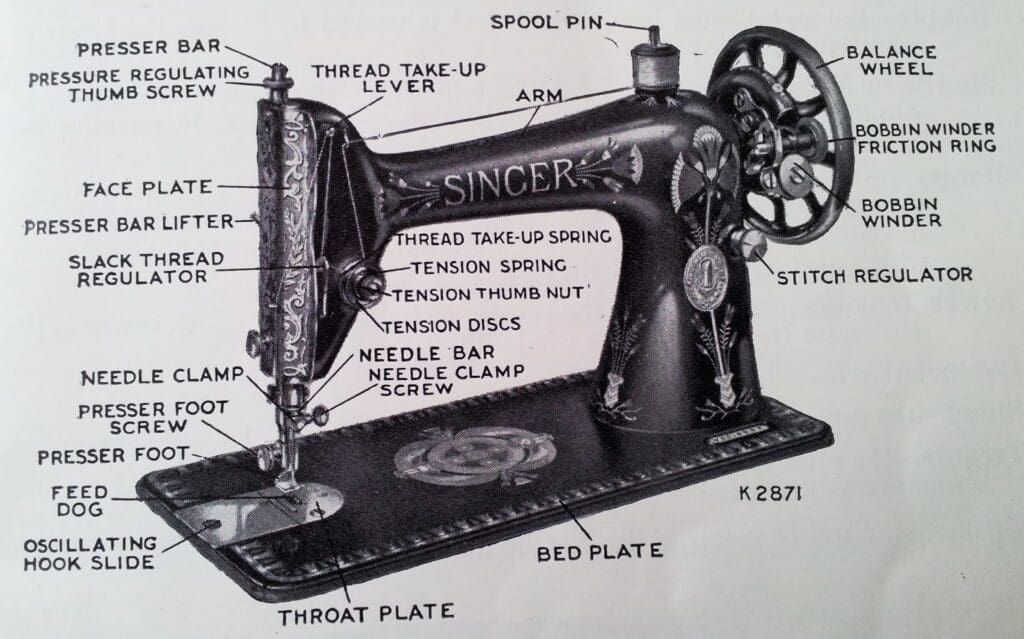
Introduced in 1902, the Singer Model 66 became one of the most iconic sewing machines in history. Renowned for its durability and reliability, the Model 66 was widely used in homes and industries alike. Its enduring popularity reflected the lasting impact of sewing machines on the way people approached sewing and garment production.
Technological Advancements
As the 20th century progressed, sewing machines continued to evolve with advancements in technology. Electric motors replaced manual treadles, and new features such as zigzag stitching, automatic threading, and computerized controls were introduced. These innovations further increased the efficiency and versatility of sewing machines, making them indispensable tools for professionals and hobbyists alike.
The Sewing Machine in the Modern Era
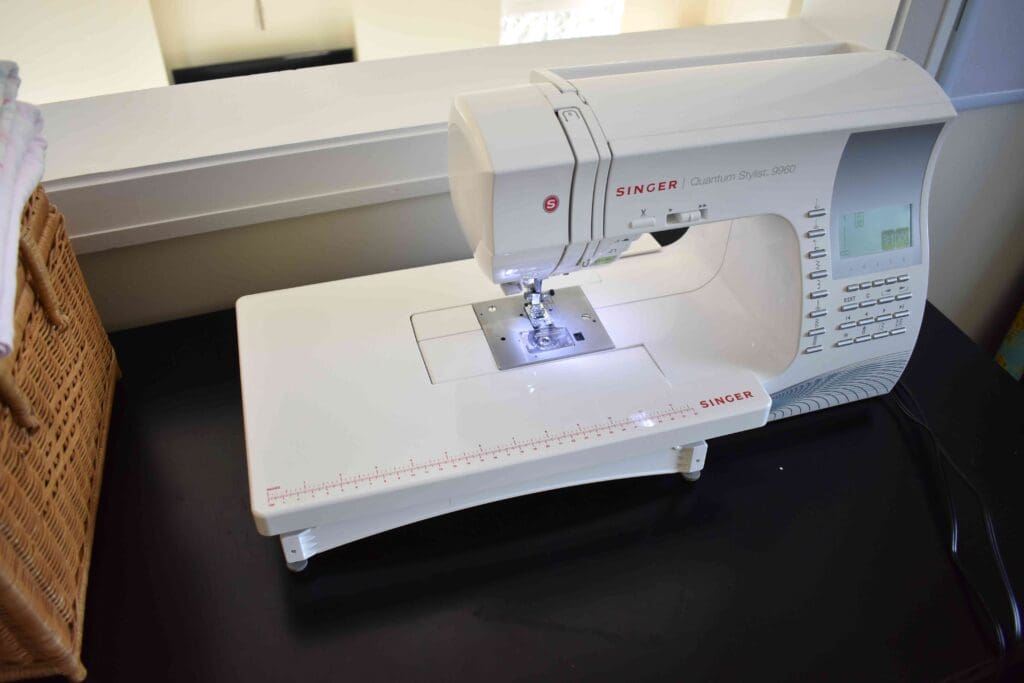
In the 21st century, the sewing machine has evolved into a highly sophisticated and computerized device. Computer-controlled machines offer a wide range of stitching options, embroidery capabilities, and user-friendly interfaces. The accessibility of instructional resources online has also facilitated a resurgence of interest in sewing as a hobby and creative outlet.
The Best Modern Sewing Machines
The landscape of modern sewing machines is vast, offering a wide array of features and capabilities to cater to the diverse needs of both professionals and hobbyists. Technological advancements have transformed these machines into sophisticated tools that combine precision, ease of use, and innovative functionalities. Here, we explore some of the best modern sewing machines that stand out in the current market.
1. Brother CS6000i
- The Brother CS6000i is a versatile and user-friendly sewing machine that appeals to both beginners and experienced sewers. It comes equipped with a wide range of stitches, including decorative and quilting options, making it suitable for various projects.
- Noteworthy features include an automatic needle threader, adjustable sewing speed, and an LCD display for easy stitch selection. Additionally, the CS6000i has a detachable extension table, providing ample space for larger projects like quilting.
2. Singer Quantum Stylist 9960
- Singer has a long history in the sewing machine industry, and the Quantum Stylist 9960 continues the tradition of reliability and innovation. With 600 built-in stitches, including alphanumeric fonts and a plethora of accessories, this machine caters to the diverse needs of sewers.
- The machine boasts features such as automatic needle threading, adjustable stitch length and width, and a top drop-in bobbin system for seamless stitching. Its computerized nature allows for easy customization of stitches and patterns.
3. Janome Magnolia 7330
- The Janome Magnolia 7330 is a computerized sewing machine known for its quiet operation and precision stitching. It offers 30 built-in stitches, including six one-step buttonholes, making it a practical choice for garment construction and home decor projects.
- This machine features an LCD display for stitch selection, a built-in needle threader, and a jam-proof top-loading bobbin system. The Magnolia 7330’s sturdy construction and user-friendly design make it an excellent option for sewers of all skill levels.
4. Bernina 435
- For those seeking a high-end sewing experience, the Bernina 435 is a top-of-the-line machine renowned for its Swiss engineering and exceptional stitch quality. With a robust build and an extensive stitch library, this machine caters to the demands of professional sewers.
- The Bernina 435 offers precise control over stitch parameters, such as length, width, and needle position. Its innovative BERNINA Hook ensures consistent stitch quality, while the machine’s compatibility with various presser feet enhances its versatility.
5. Juki HZL-F600
- Juki, a brand synonymous with industrial sewing machines, brings its expertise to the home with the HZL-F600. This computerized sewing machine combines power and precision, offering a wide range of features suitable for quilting, garment construction, and more.
- Notable features include a box feed system for consistent fabric feeding, a knee-lifting lever for hands-free control, and a generous extension table. The HZL-F600’s impressive speed and stitch quality make it a favorite among experienced sewers.
Choosing the right modern sewing machine ultimately depends on individual preferences, skill levels, and the intended use. Whether it’s the user-friendly features of the Brother CS6000i, the precision of the Bernina 435, or the versatility of the Juki HZL-F600, the best modern sewing machine is the one that aligns with the specific needs and aspirations of the user. As technology continues to advance, these machines serve as a testament to the enduring legacy of the sewing machine in meeting the ever-evolving demands of the sewing community.
Conclusion
The history of the sewing machine is a testament to human ingenuity, determination, and the desire to simplify and improve labor-intensive tasks. From its humble beginnings in the 18th century to the sophisticated machines of today, the sewing machine has played a crucial role in shaping the textile industry, revolutionizing domestic life, and empowering individuals to express their creativity through fabric and thread. As we continue to embrace technology and innovation, the legacy of the sewing machine persists, reminding us of the transformative power of a simple stitch in time.



